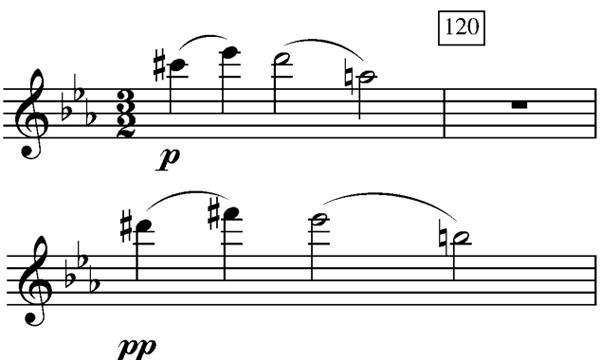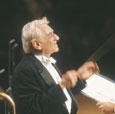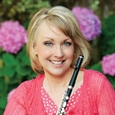Leonard Bernstein (August 25, 1918 – October 14, 1990) achieved mainstream popularity with the success of West Side Story. His operetta Candide did not fare so well: based upon Voltaire’s rambling satirical work, it has been revised many times over its nearly 50 year history. He is shown above conducting a performance of Candide, which was recorded by Deutsche Grammophon.
The show opened on December 1, 1956, and despite much negative criticism, it still shines as a minor classic. One of the few parts of the show that has survived intact is the Overture, which has become one of Bernstein’s most frequently performed compositions and has earned a spot in the orchestral repertory.
The overture incorporates tunes from the songs “The Best of All Possible Worlds,” “Battle Music,” “Oh, Happy We,” and of course the magnificent showpiece, “Glitter and Be Gay,” along with some original music composed specifically for the overture. Much of the music is written in odd time signatures including 64 and 32, which are combined with 4/4 and 2/2 time signatures. This effect creates extended hemiola patterns within the meter.
The symphonic orchestration calls for one piccolo and two flutes and incorporates changes that Bernstein made to the score in December of 1989. The theater-sized orchestration, which is published in the full score of the operetta, includes one flute doubling on piccolo and a second flute part. There is also a transcription for symphonic wind band by Clare Grundman that has a separate piccolo part. This overture is fun to play because it encapsulates the excitement and verve of the full operatic score in about four minutes time.
The first technical hurdle occurs in the passage marked acuto, which means to play in a shrill fashion.

It helps to use the trill fingering for the F grace notes, so that you are only moving one finger during this passage. Remember, the tempo is half note = 152 for the entire overture, and when conductors get excited, it can go much, much faster!
The next passage is a solo that follows solo passages for flute and E-flat clarinet. Use a biting staccato that has a lot of bounce. Take care not to go sharp in this register.

This passage below looks quite innocent, but it can be devilishly difficult to tune because it doubles with the E-flat clarinet.

I use T13 /2 3 for the high F# fingering. It is important to play with a sound that colors the clarinet tone rather than a sound that dominates this passage. I also recommend the fingering T234/234 for the D.
The little passage at 150 also doubles with the E-flat clarinet. Play with a sense of urgency and use a keen ear to match each other’s pitch.

Every bit of this rollicking score is enjoyable, and you will have lots of fun playing this overture.






